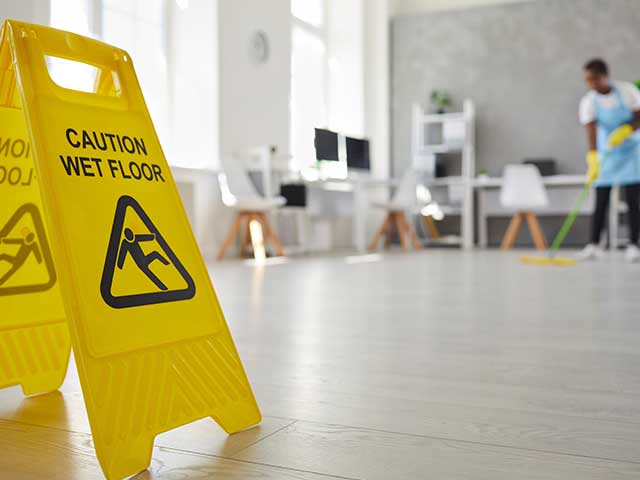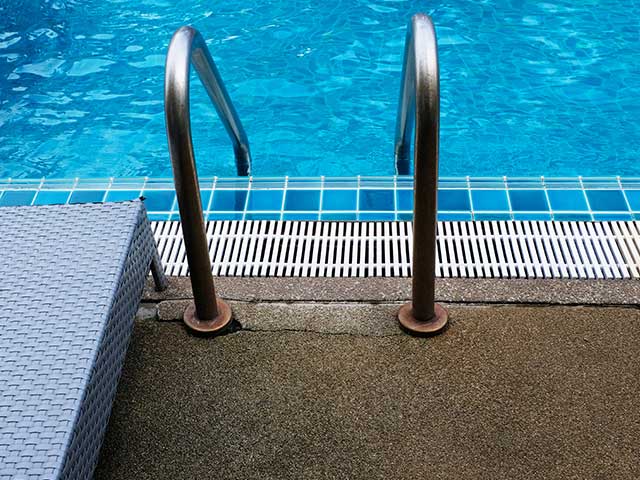The main legislative requirements with slip resistance extend to:
- The Building Code of Australia (BCA) or also now known as the National Construction Codes (NCC)
- Access to Premises Standards 2010
- State based occupational health and safety legislation
The Building Code of Australia / National Construction Codes
The Building Code of Australia (BCA) includes safety performance requirements for safe design. Most commercial buildings are required to provide slip-resistant surfaces for safe movement, specifically in areas of emergency access and egress. The slip-resistance requirements of Clauses D2.10, D2.13 and D2.14 of the BCA states that non-slip and non-skid surfaces must be installed on pedestrian ramps, stair treads and landings. Furthermore, other parts of buildings may need to comply with disability access requirements.
It is understood that the 2014 version of the BCC / NCC will include prescriptive slip resistance requirements for stair nosings, stair landings (at least the edge of the landing) and for pedestrian ramps. This is in part to remove the ambiguity as to the terms non-slip and non-skid within the BCA.
there are also requirements under Section D3 relating to disability access whereby all accessways and finishes within parts of a building required to be “accessible” must comply with AS 1428.1 Design for access and mobility Part 1 general requirements for access- Buildings. This states that all continuous accessible paths of travel shall have a slip-resistant surface. AS 1428.1 does not define the term slip resistant within the current 2009 version; However, the 2001 version of the standard refers to AS 4586 and Standards Australia & CSIRO Handbook HB 197 for guidance on slip-resistant surfaces.
The Access to Premises Standards 2013
The Disability (Access to Premises-Buildings) Standards 2010 is Commonwealth legislation which try to improve access and use of facilities so that they are accessible for all. The improvement in the design not only provides a safer environments but help to facilitate community interaction by reducing barriers that may affect participation of disabled persons.
Parts of buildings that are required to be accessible must have accessways to and within certain areas. An accessway is defined as a continuous accessible path of travel as defined within AS 1428.1, which in turn requires an accessway to be slip resistant. Whilst many may argue that slip resistance is not a specific prescriptive requirement, the requirement for slip resistance appears to be a inherent requirement as not to discriminate against those who may have difficulty walking on slippery and/or polished surfaces (for those with difficulty walking on highly reflective surfaces) .
State Based Occupational Health and Safety Acts and Regulations
While Occupational Health and Safety (OHS) or Workplace Health and Safety (WHS) regulations and models are set to be harmonised, this wont be for a long time yet. However the general principles essentially require employers and those who have control (or part thereof) to show due diligence in ensuring that the risk of injury due to slips, trips and falls are reduced to as low as reasonably practicable (ALARP).
This essential requires that floors are to be non-slip, non-skid or slip resistant through performance based criteria rather than prescriptive requirements.
There are also usually duties for responsibility for the design of the workplace, which extends to those who design, specify or supply floor surfaces intended for places of work.
How to Comply with Performance Based Requirements
Compliance with these performance based requirements is generally shown through slip resistance testing and assessment through Standards Australia HB 197.
For further information on legislative compliance in regards to slip resistance, please contact us in Sydney or Melbourne:
Be absolutely assured. Safe Environments is NATA accredited for Noise testing
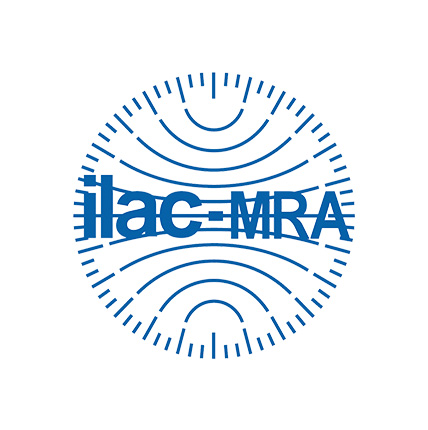
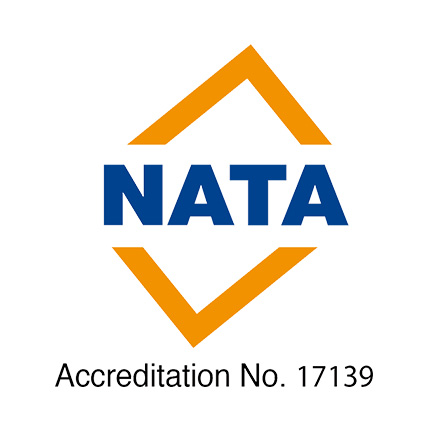
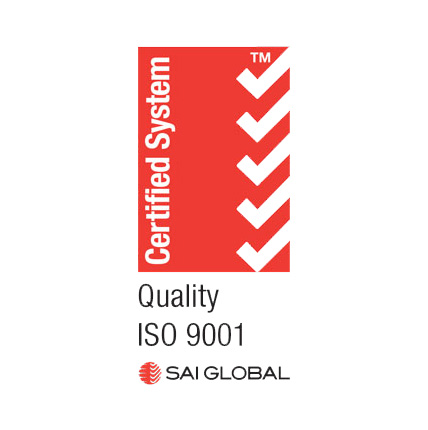
Ensure a Safe Environment
For more information on noise testing or management please contact one of Safe Environments Occupational Hygienists or Noise Consultants located in the following Australian cities:
Melbourne & Victoria
Unit 25, 1 Millers Rd Brooklyn VIC 3012 Australia
NSW - Sydney, Newcastle & Wollongong
Unit 4, 40 Bessemer Street, Blacktown NSW 2148
